Fleshy fruits are fruits with a soft, edible part surrounding their seed or seeds—think juicy, flavorful, and often sweet. Unlike dry fruits, which are crisp or papery, fleshy fruits like mangoes, tomatoes, and grapes are designed to attract animals for seed dispersal by offering rich, moist tissue. They’re nature’s way of packaging sweetness around a purpose.
List of Fleshy Fruits (from A to Z)
Apple 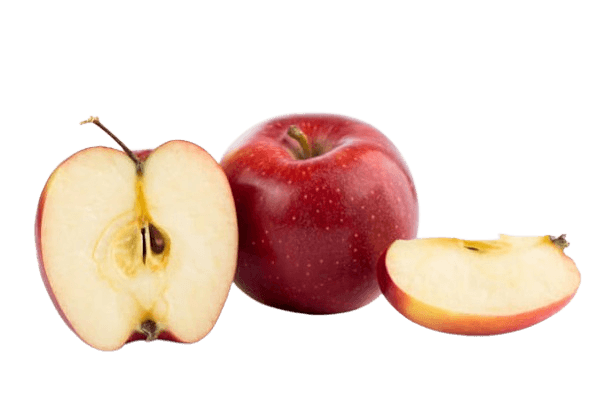 |
Apricot  |
Avocado 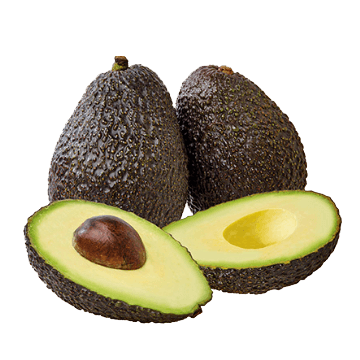 |
Banana 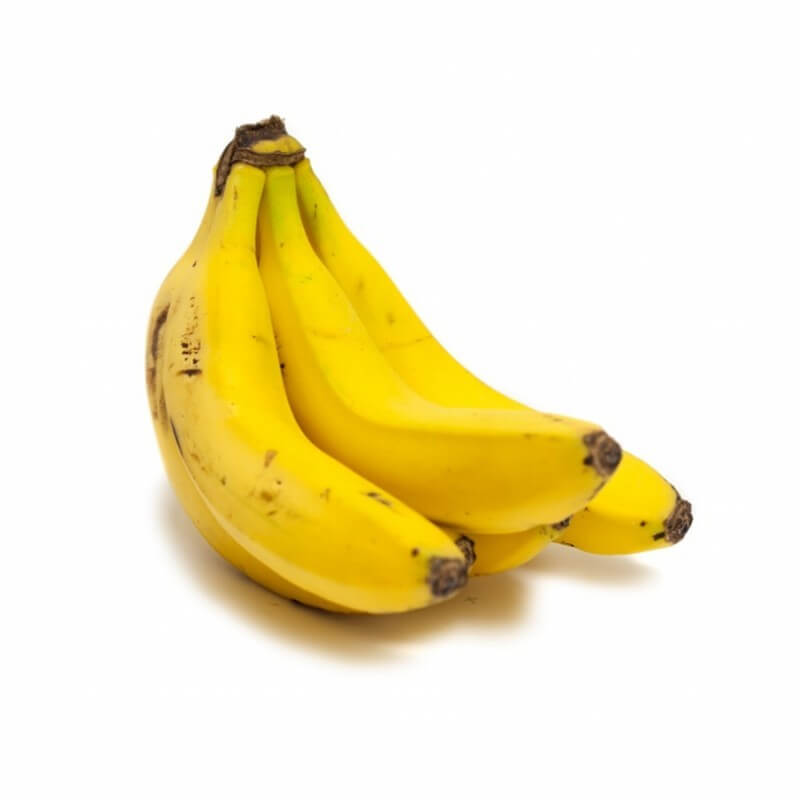 |
Blackberry 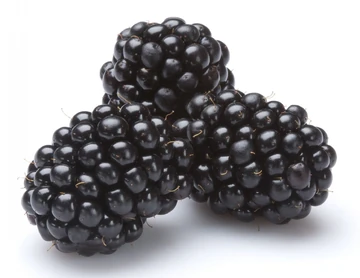 |
Blackcurrant 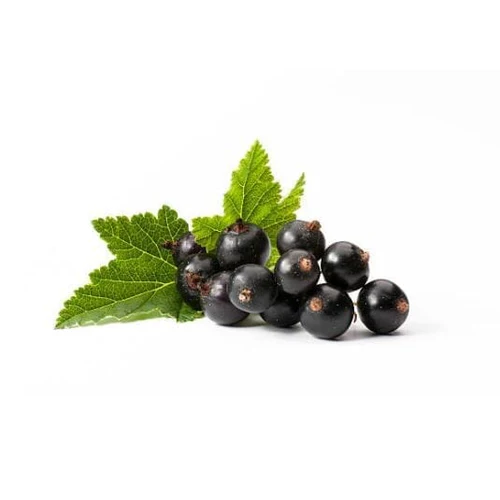 |
Blueberry 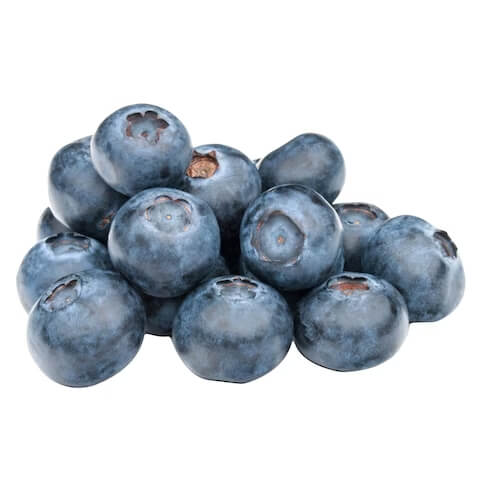 |
Boysenberry 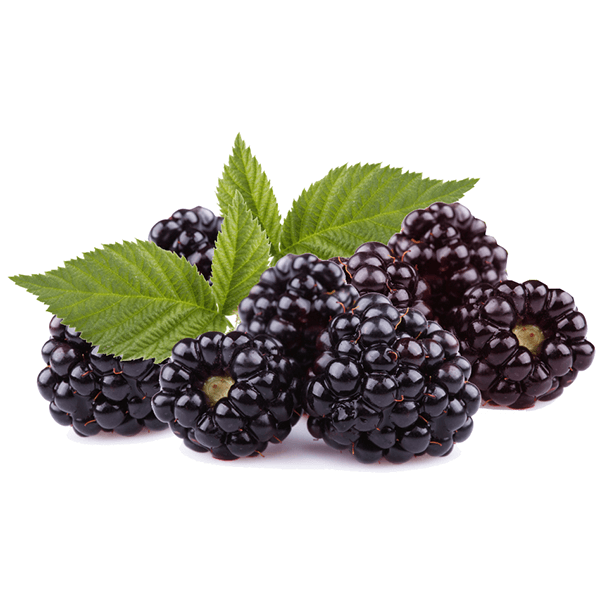 |
Cactus pear 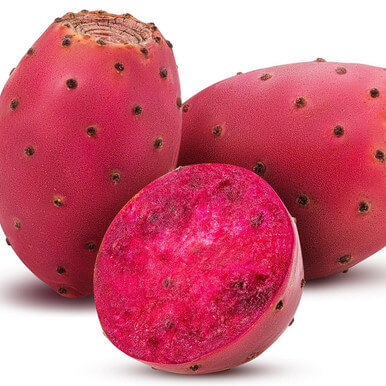 |
Cantaloupe 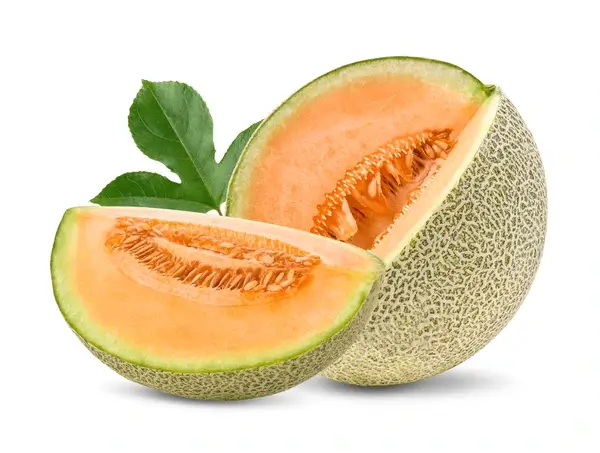 |
Cape gooseberry 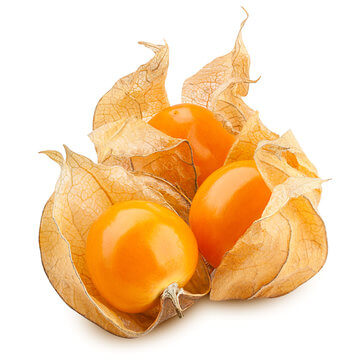 |
Cherry 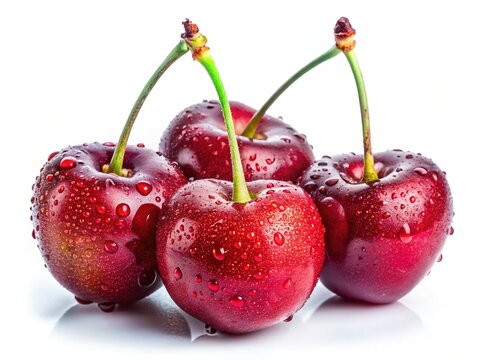 |
Chokecherry 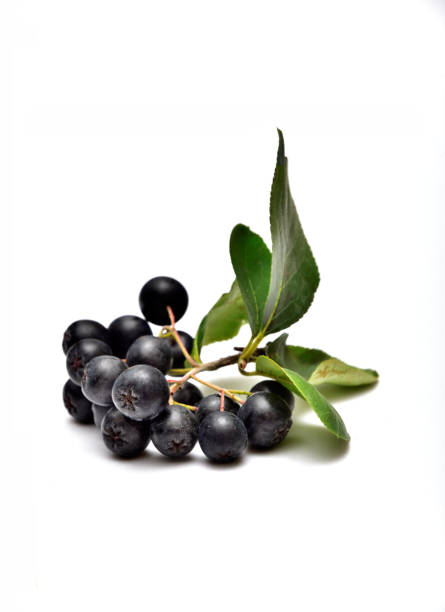 |
Clementine 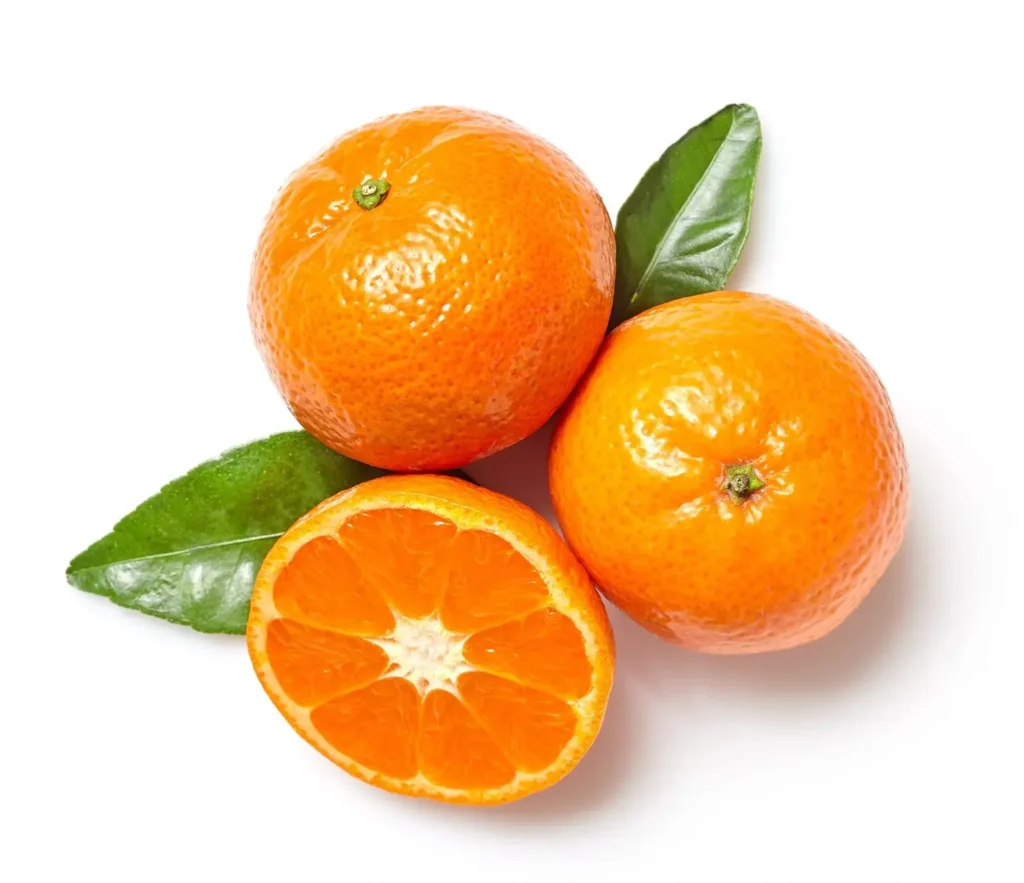 |
Cloudberry 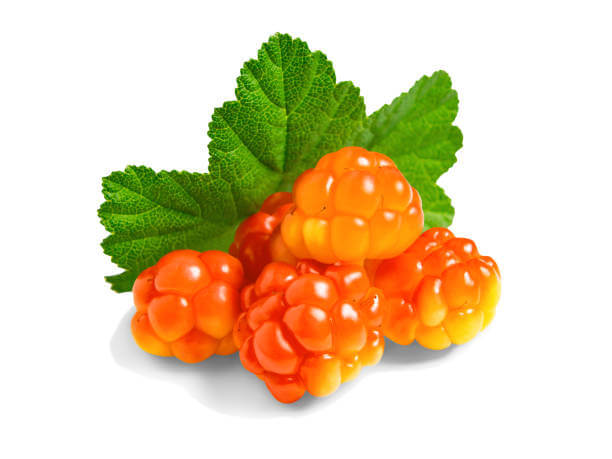 |
Coconut 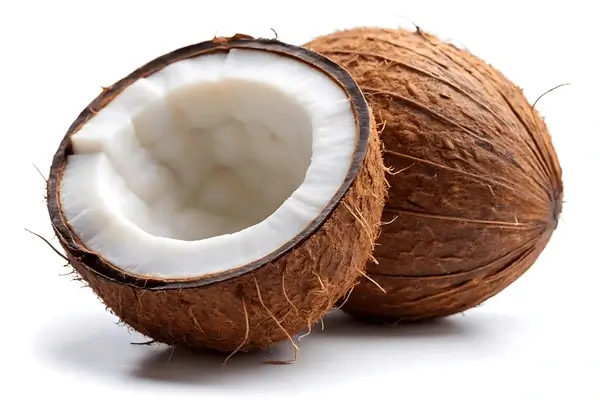 |
Crabapple 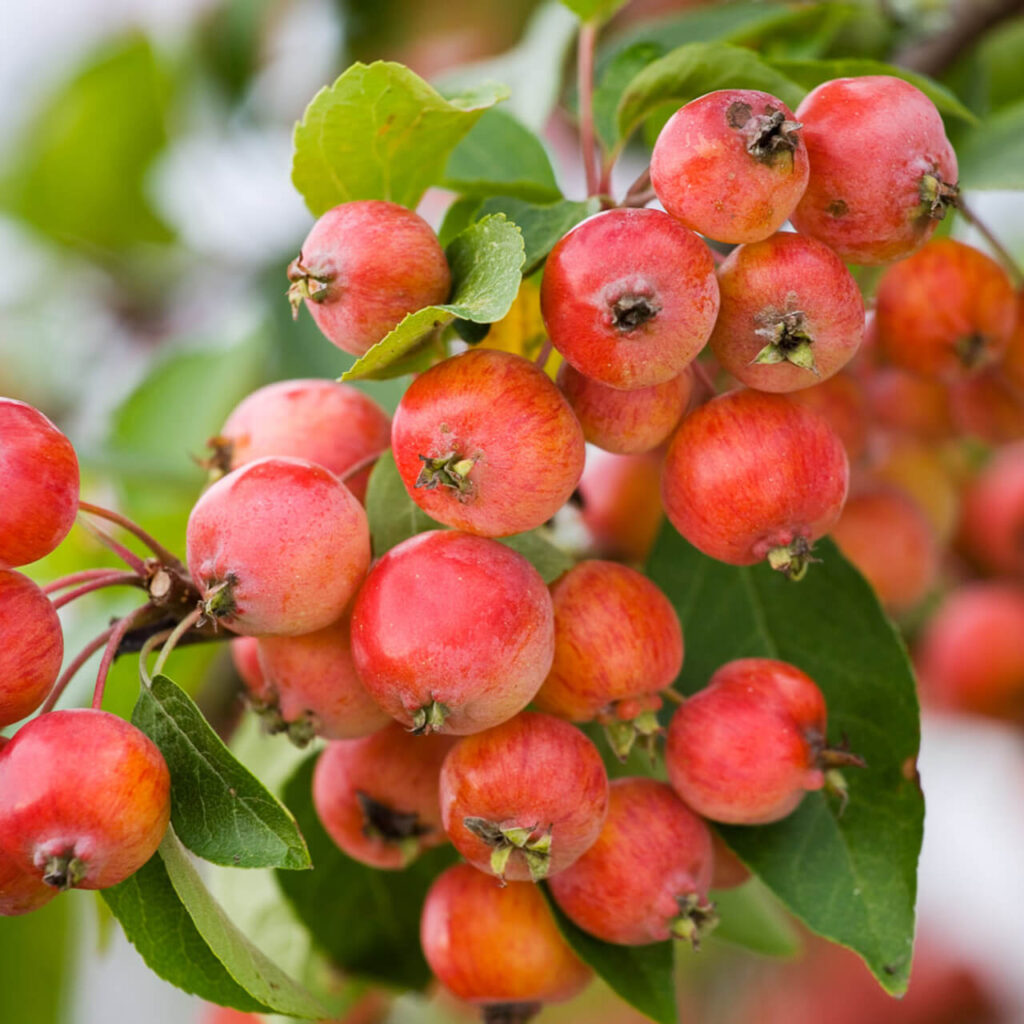 |
Cranberry 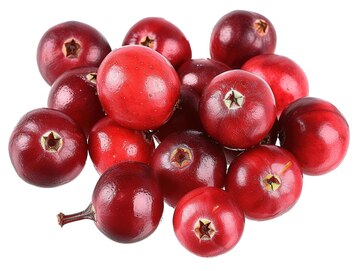 |
Currant 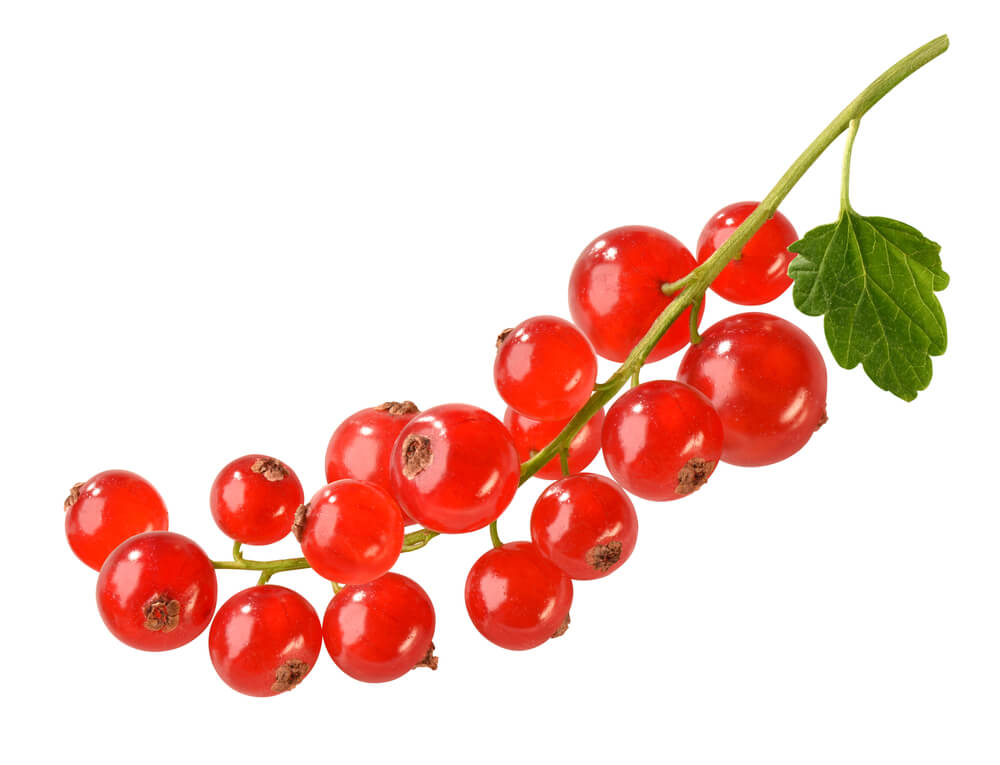 |
Damson 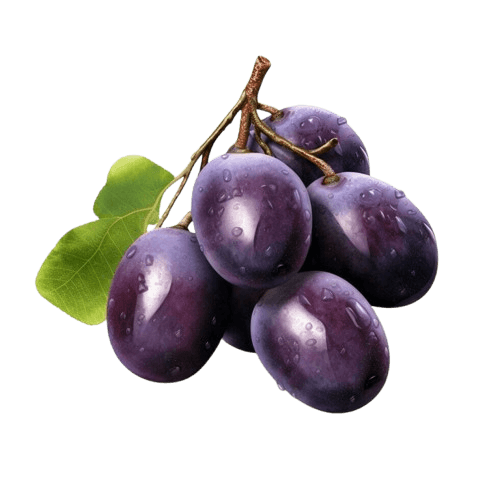 |
Date 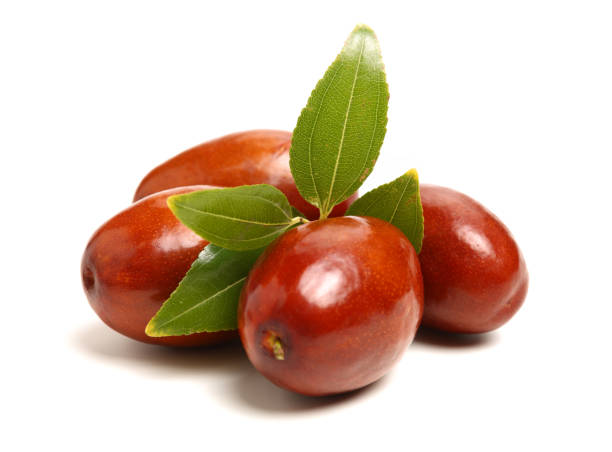 |
Dragon fruit 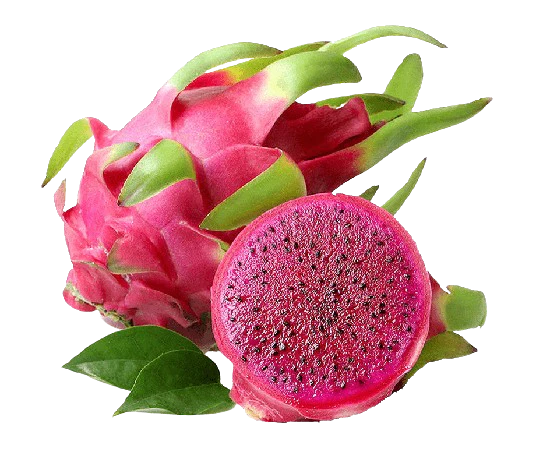 |
Elderberry 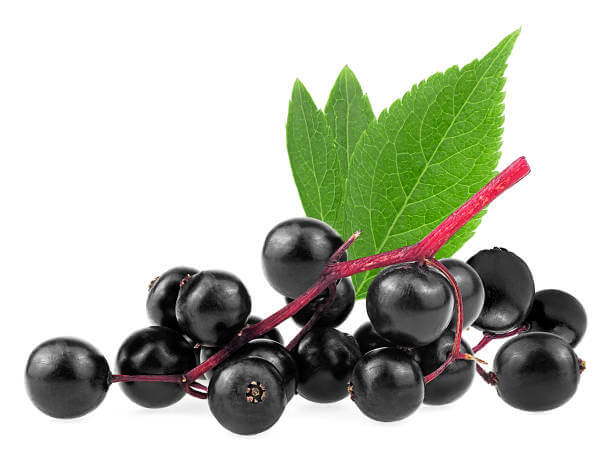 |
Fig 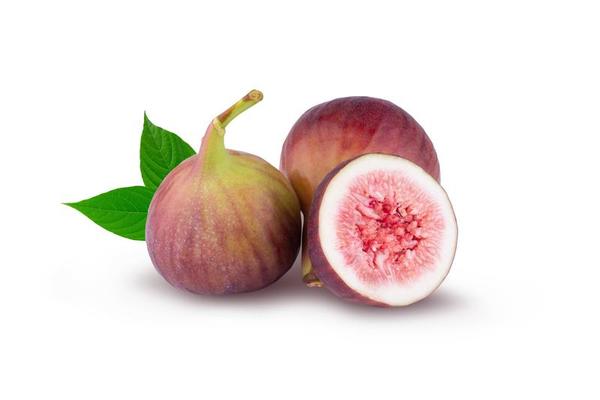 |
Gooseberry  |
Grape 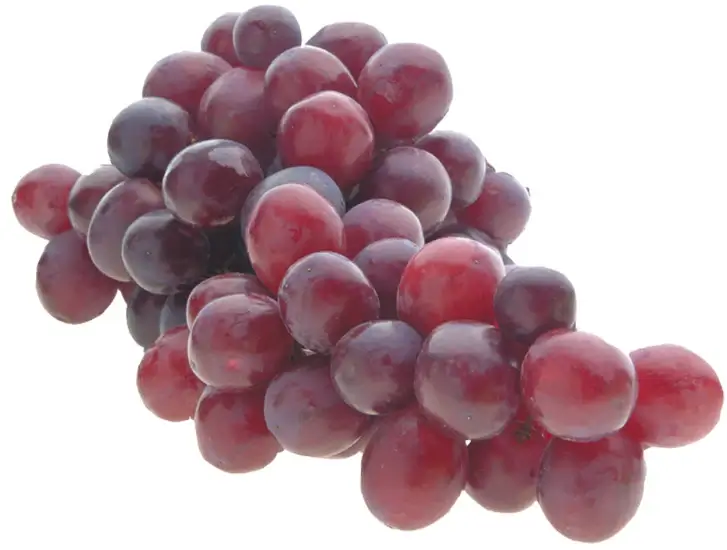 |
Grapefruit 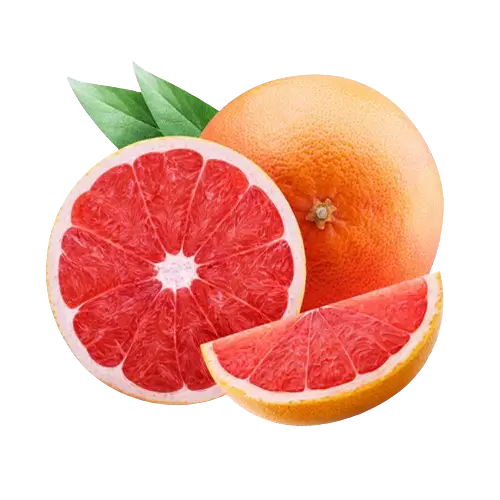 |
Guava 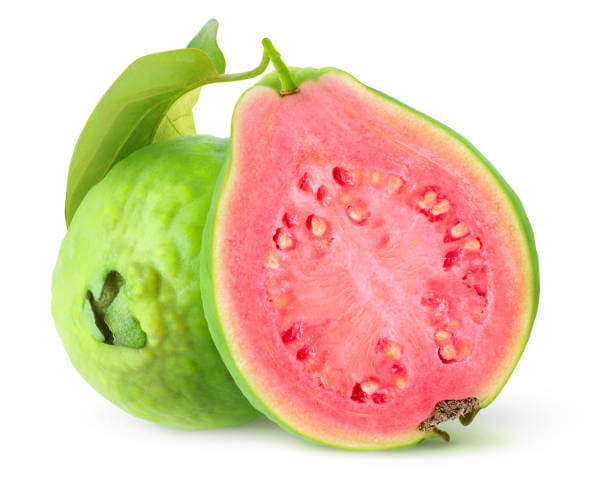 |
Hackberry 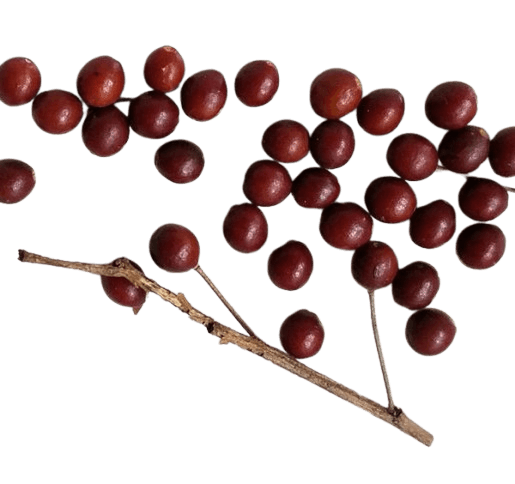 |
Honeydew melon 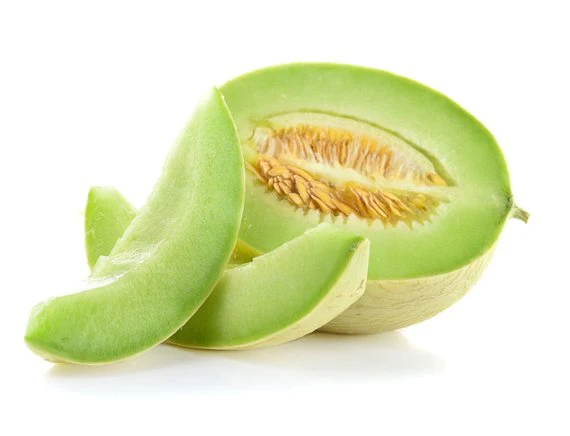 |
Huckleberry 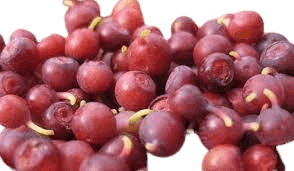 |
Ilama 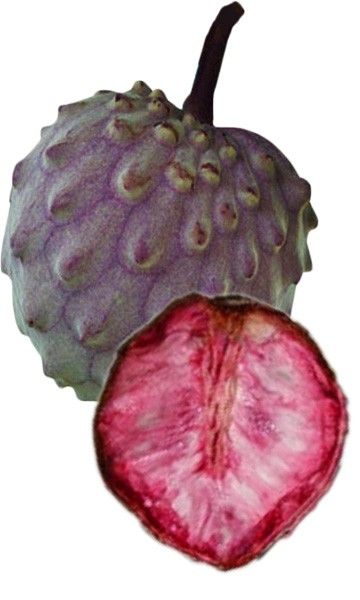 |
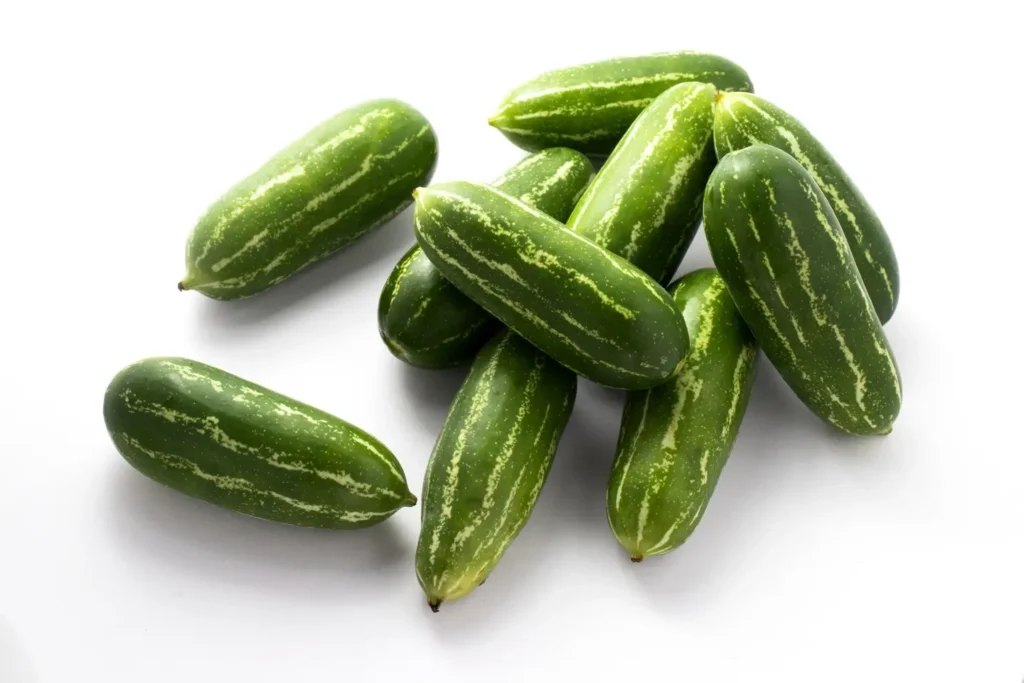 |
Jabuticaba 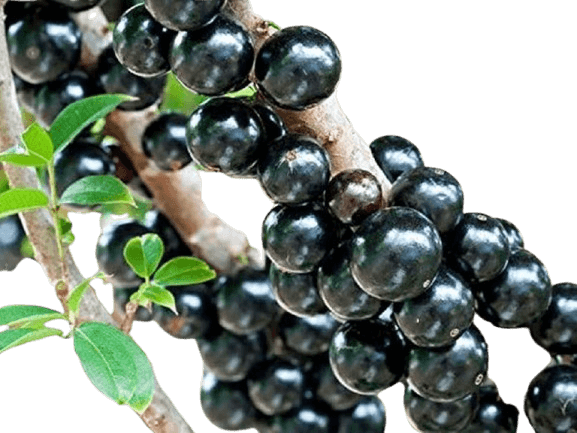 |
Jackfruit 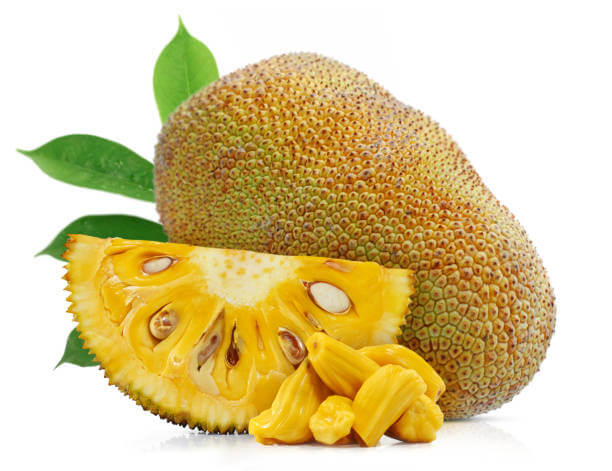 |
Japanese plum 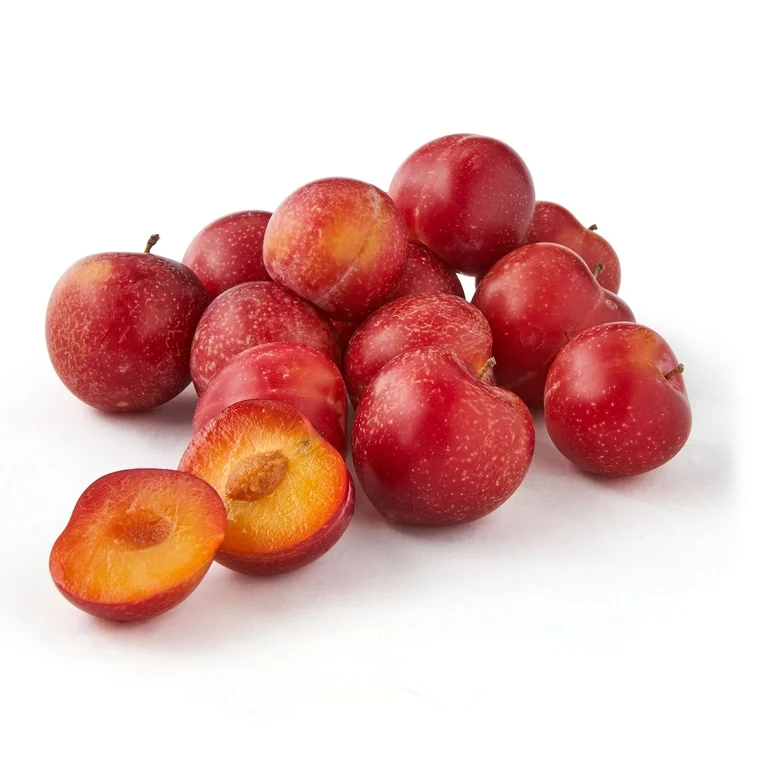 |
Jostaberry 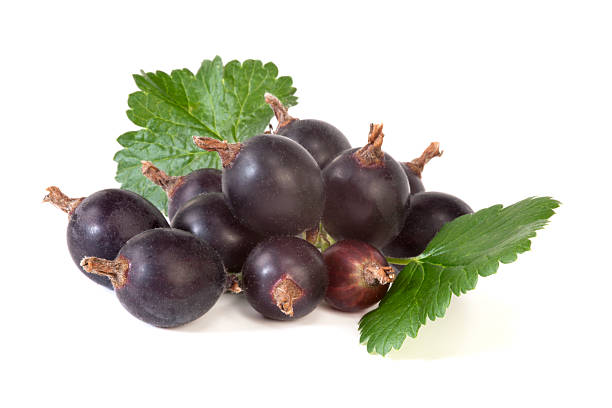 |
Juneberry 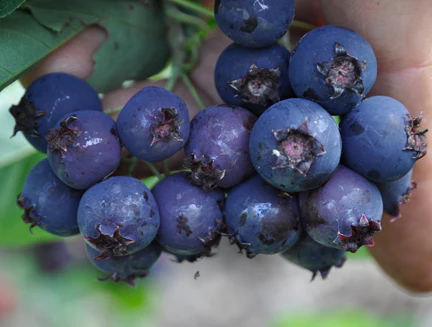 |
Kiwi  |
Kumquat 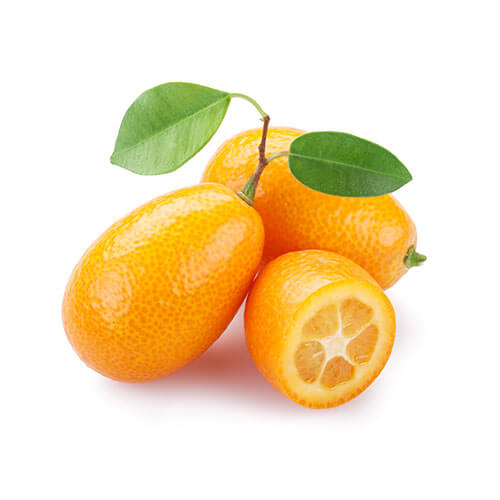 |
Langsat 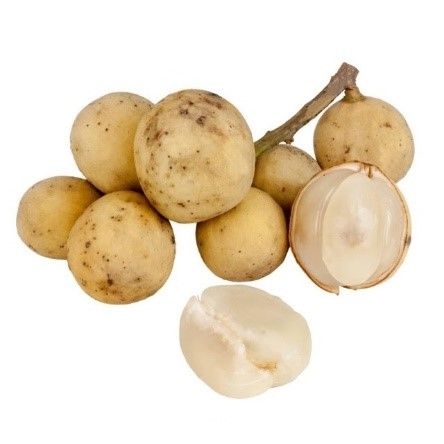 |
Lemon 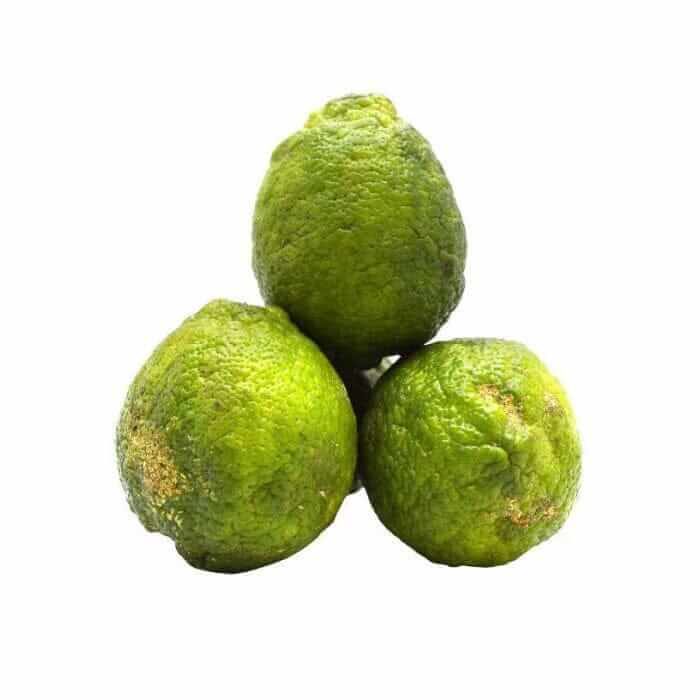 |
Lime  |
Longan 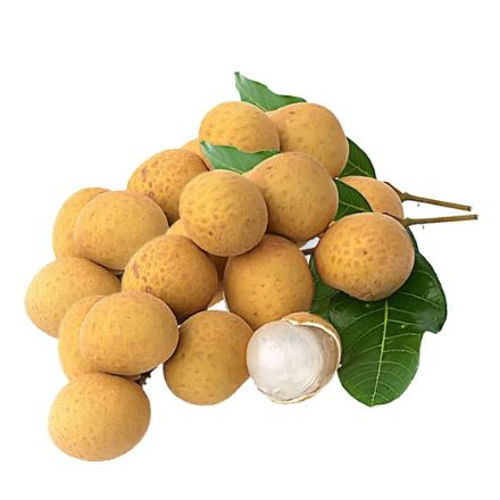 |
Loquat 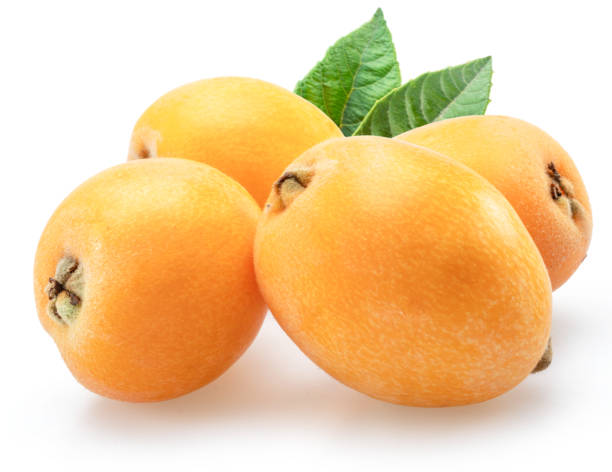 |
Lychee 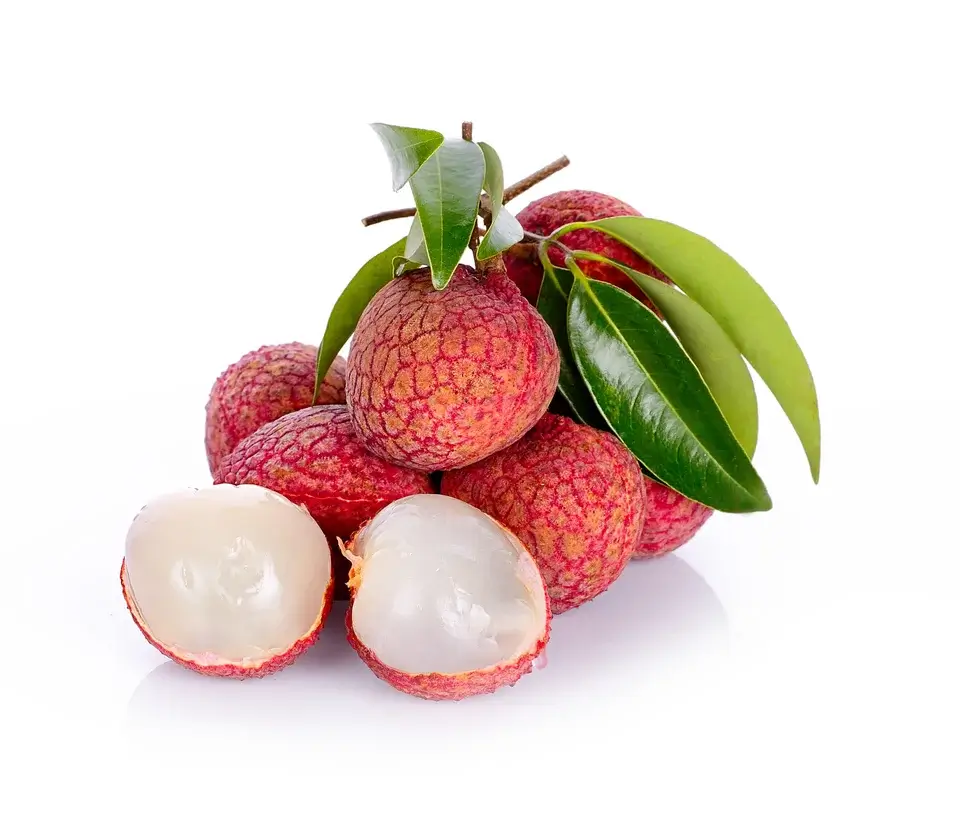 |
Mandarin 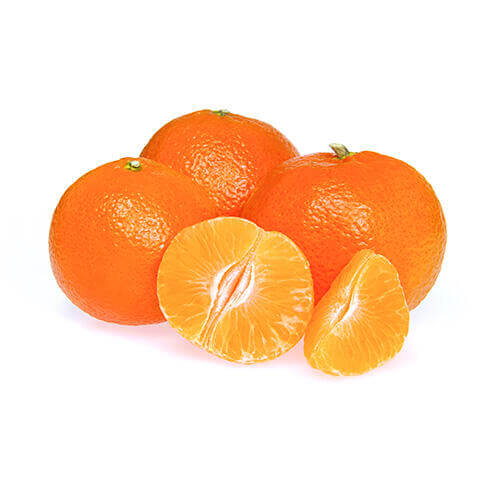 |
Mango 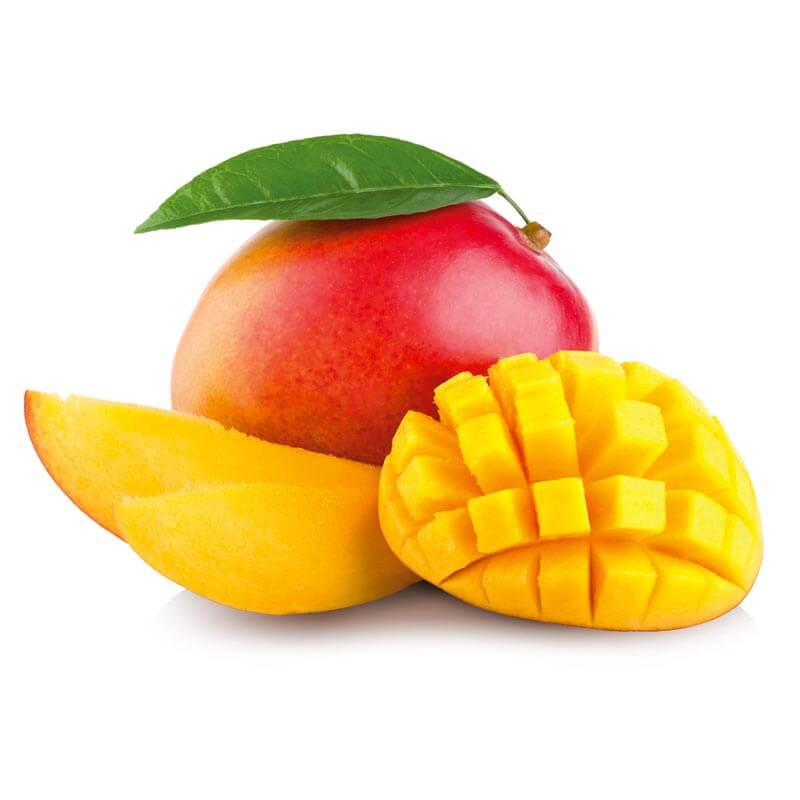 |
Mangosteen 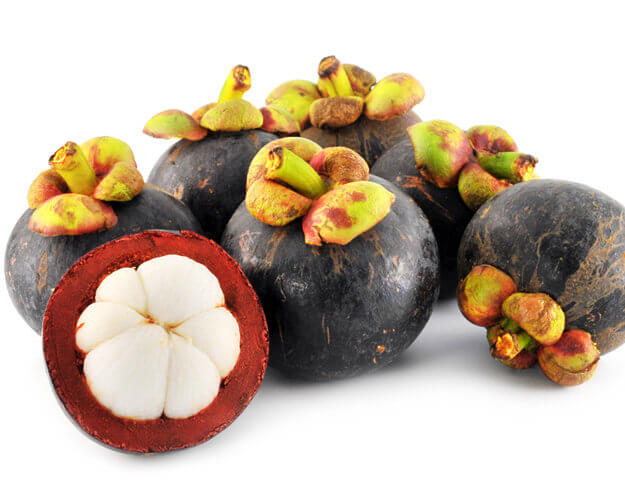 |
Melon  |
Miracle fruit 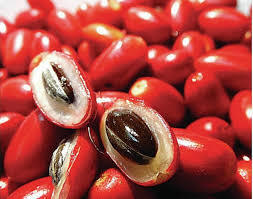 |
Monstera deliciosa 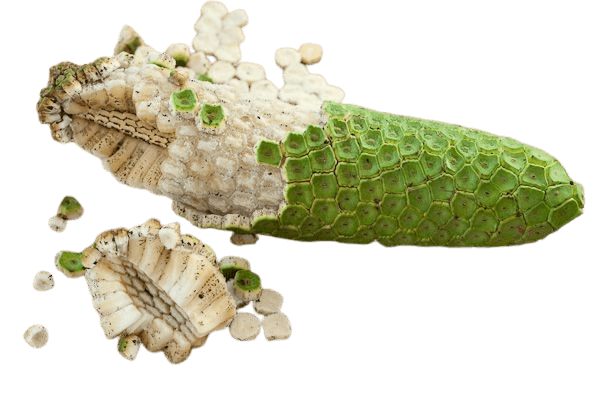 |
Mulberry 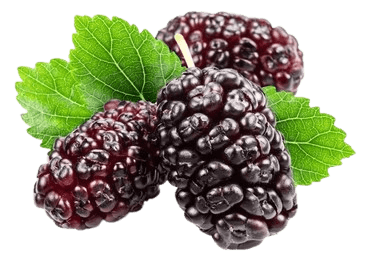 |
Muskmelon 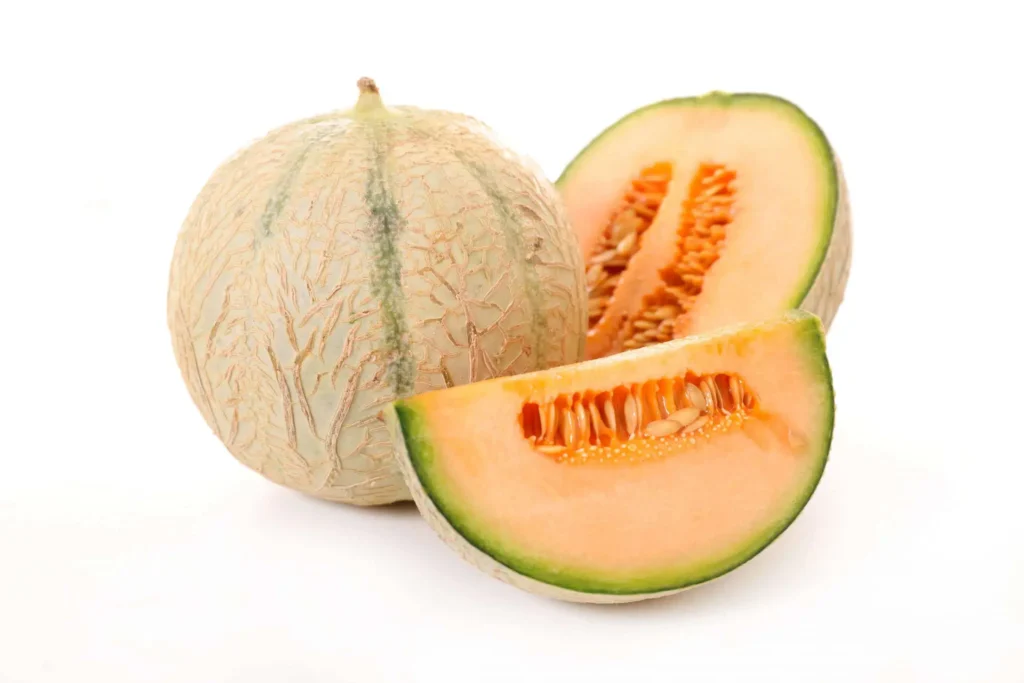 |
Nance 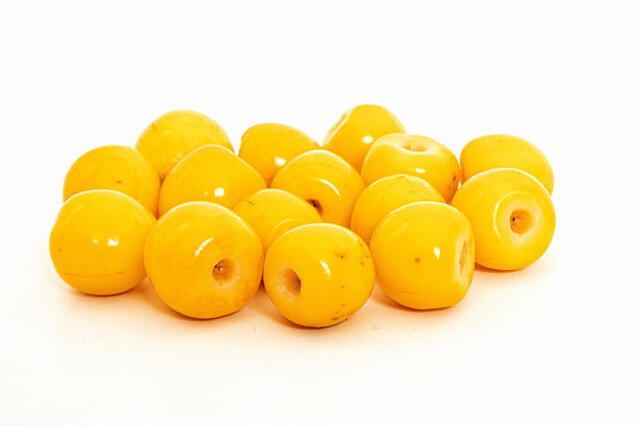 |
Nectarine 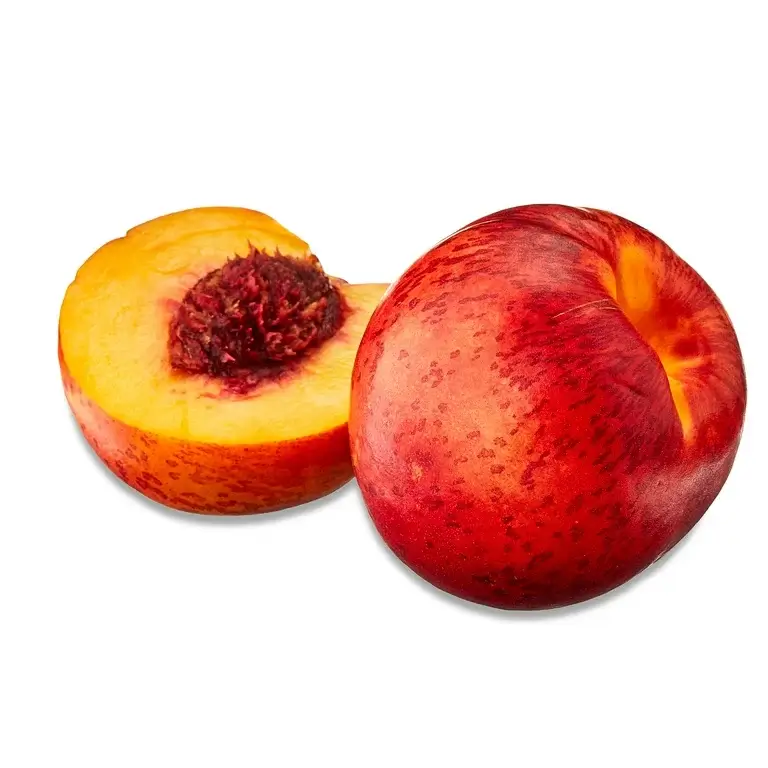 |
Olive 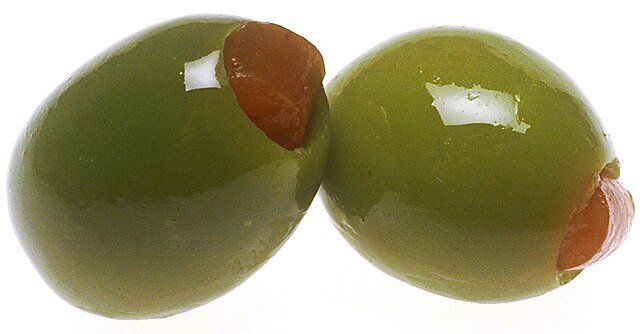 |
Orange 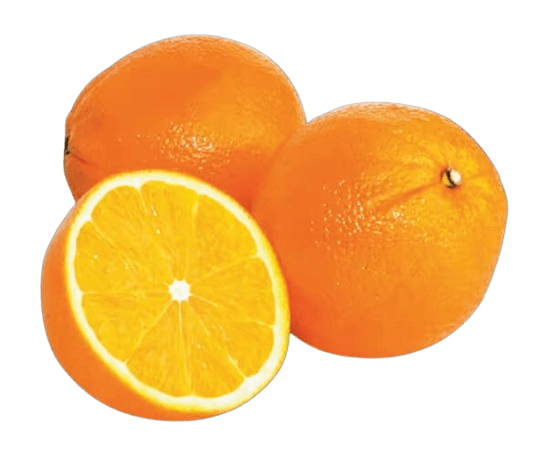 |
Papaya  |
Passion fruit 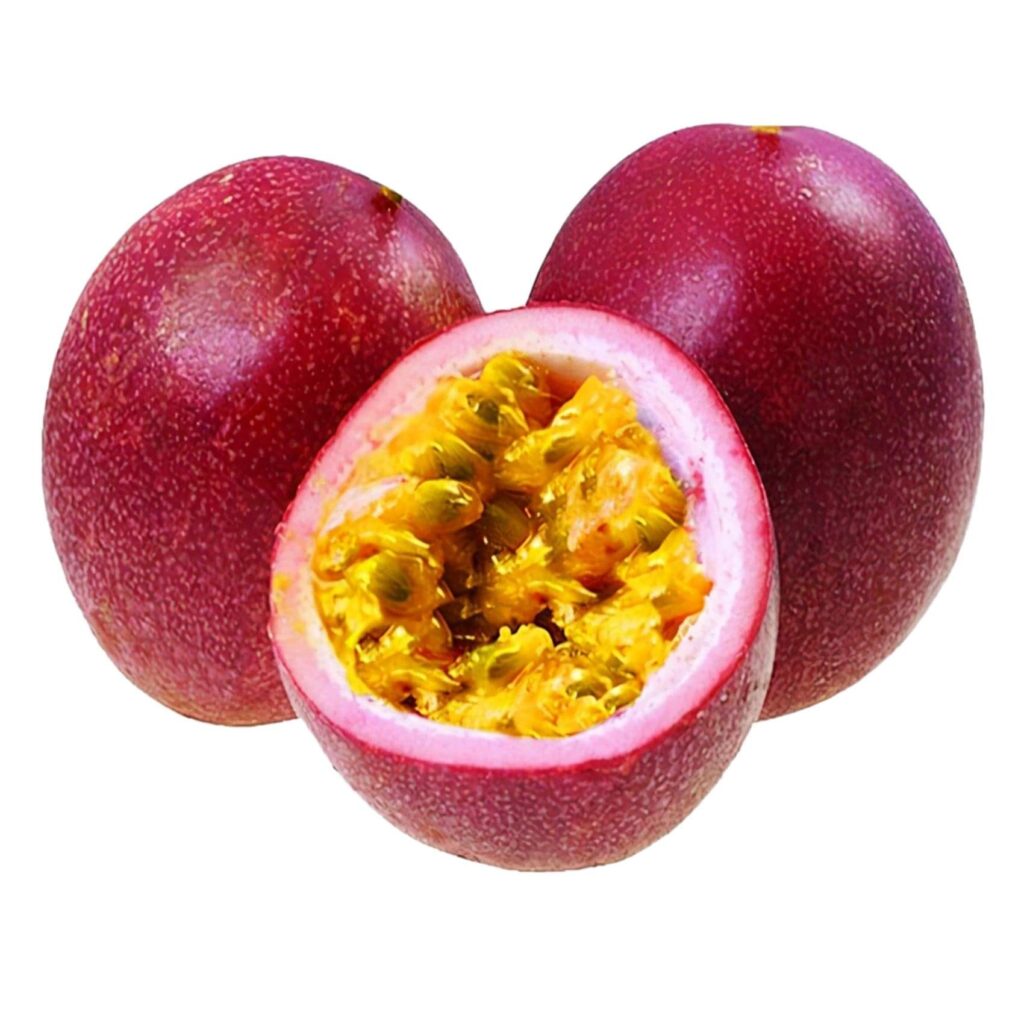 |
Pawpaw 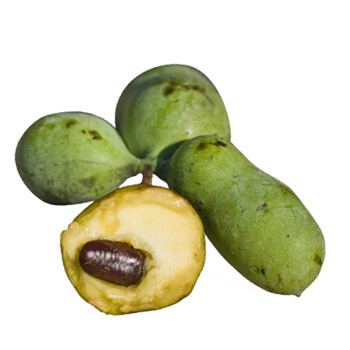 |
Peach  |
Pear 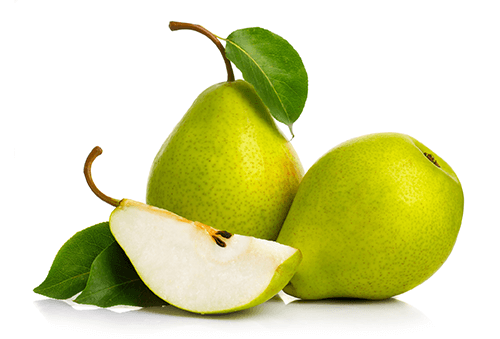 |
Persimmon 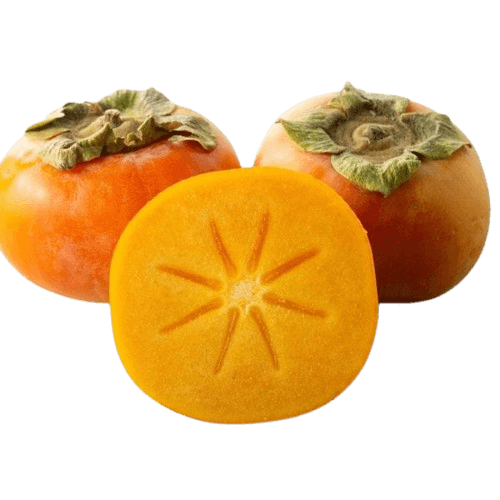 |
Pineapple 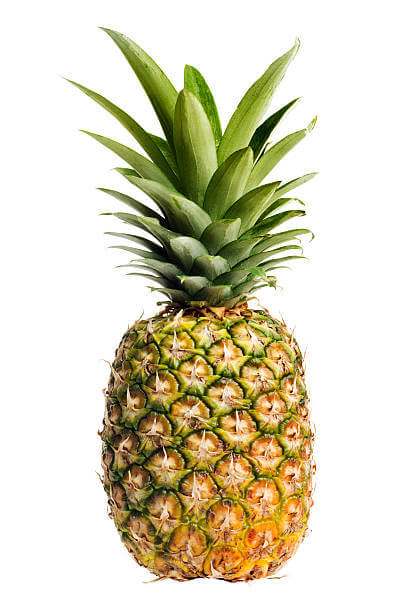 |
Pineberry 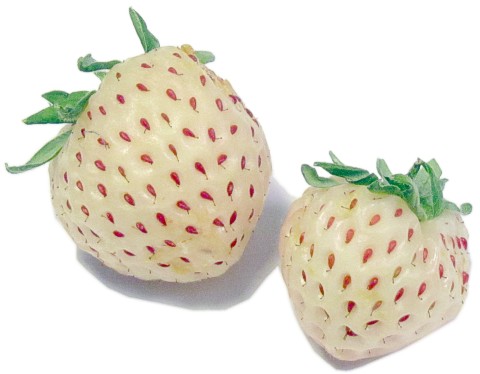 |
Pitanga 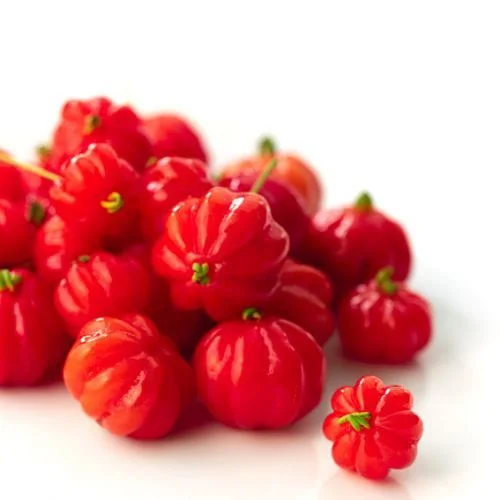 |
Pomegranate 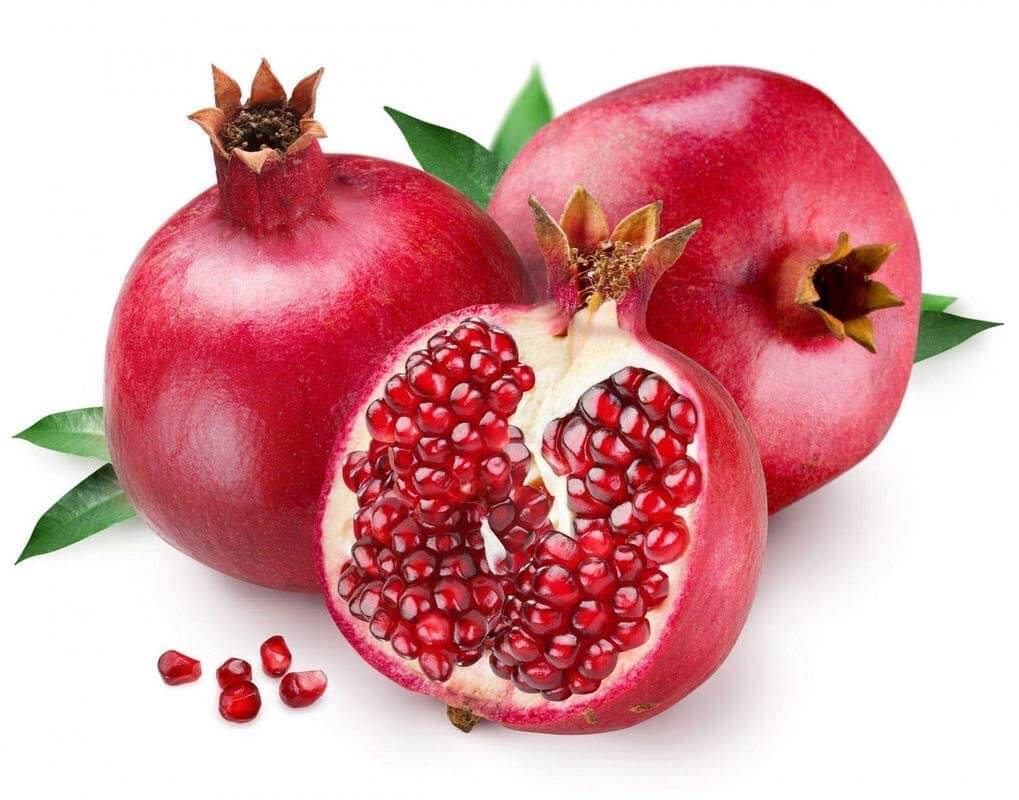 |
Pomelo 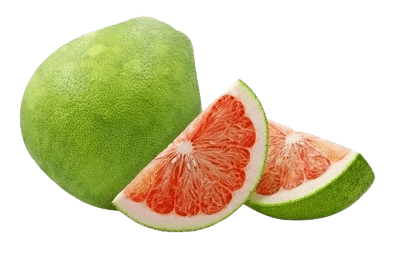 |
Quandong 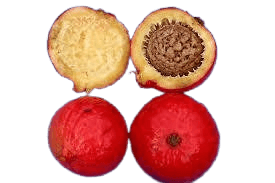 |
Quince 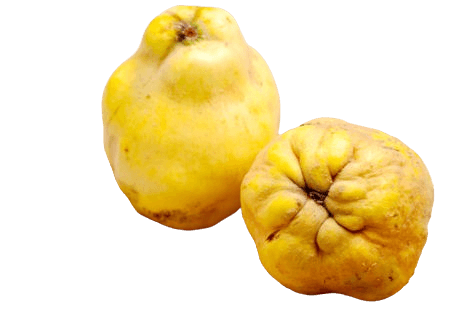 |
Rambutan 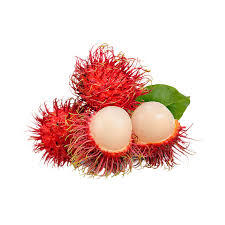 |
Raspberry  |
Rose apple 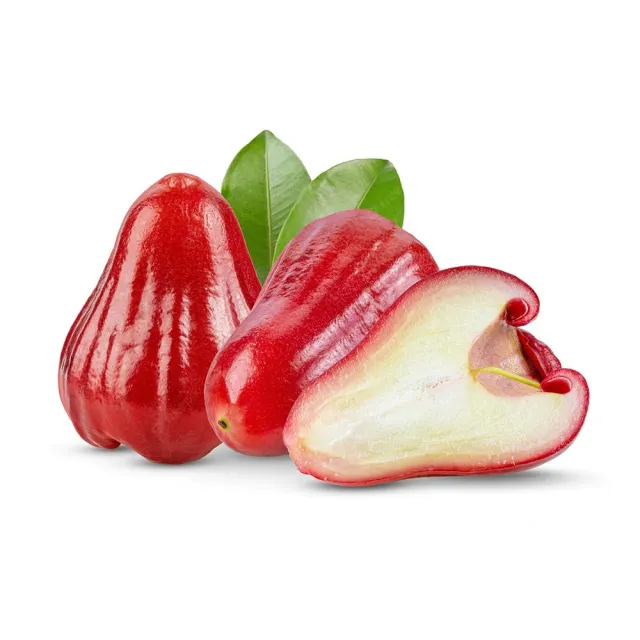 |
Rowan Berry 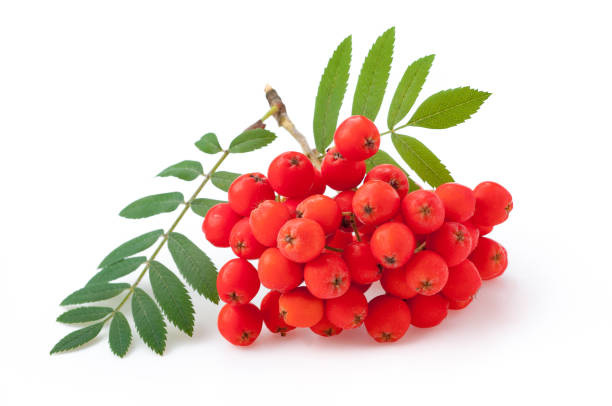 |
Salak (snake fruit) 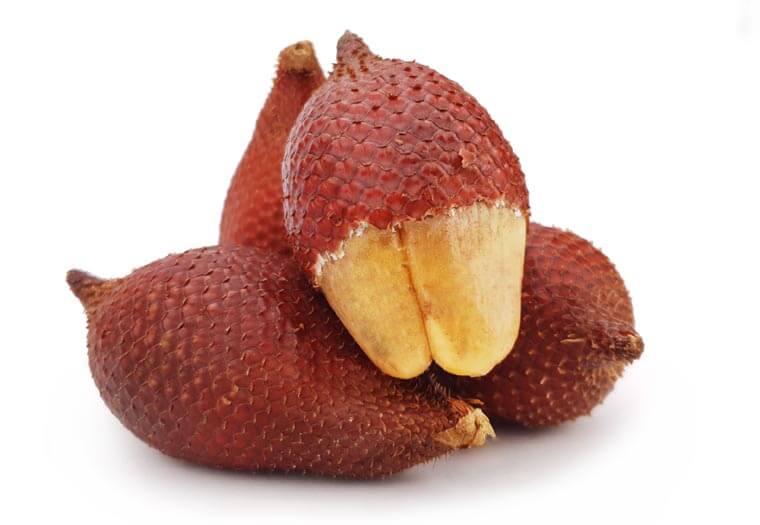 |
Sapodilla  |
Sapote 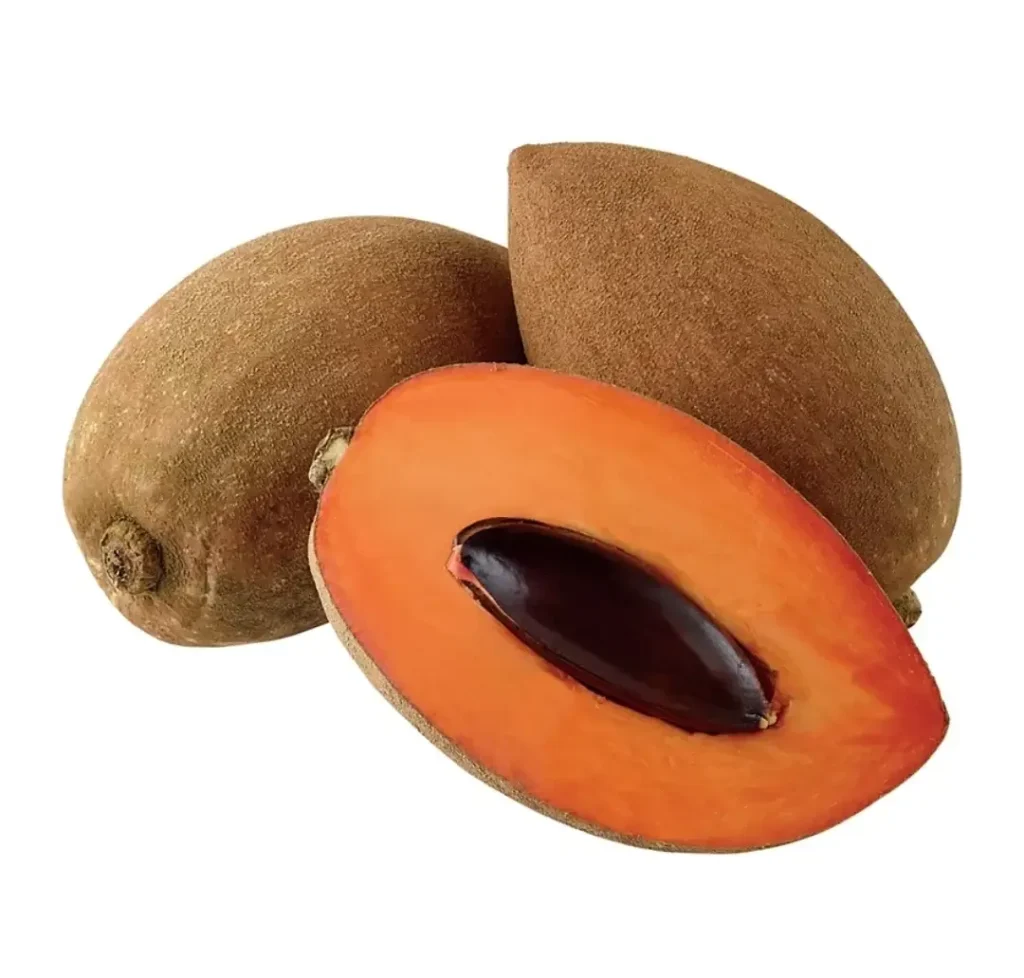 |
Satsuma 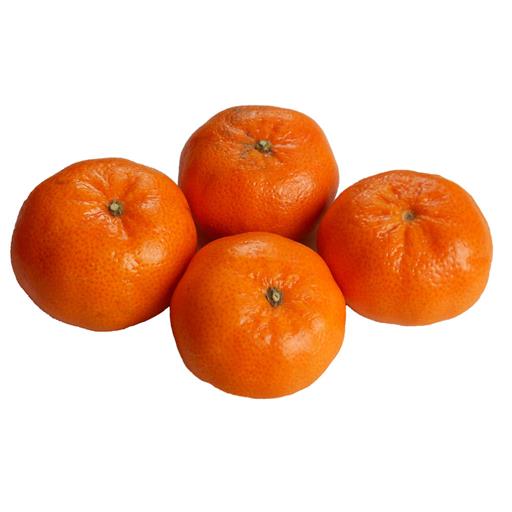 |
Serviceberry 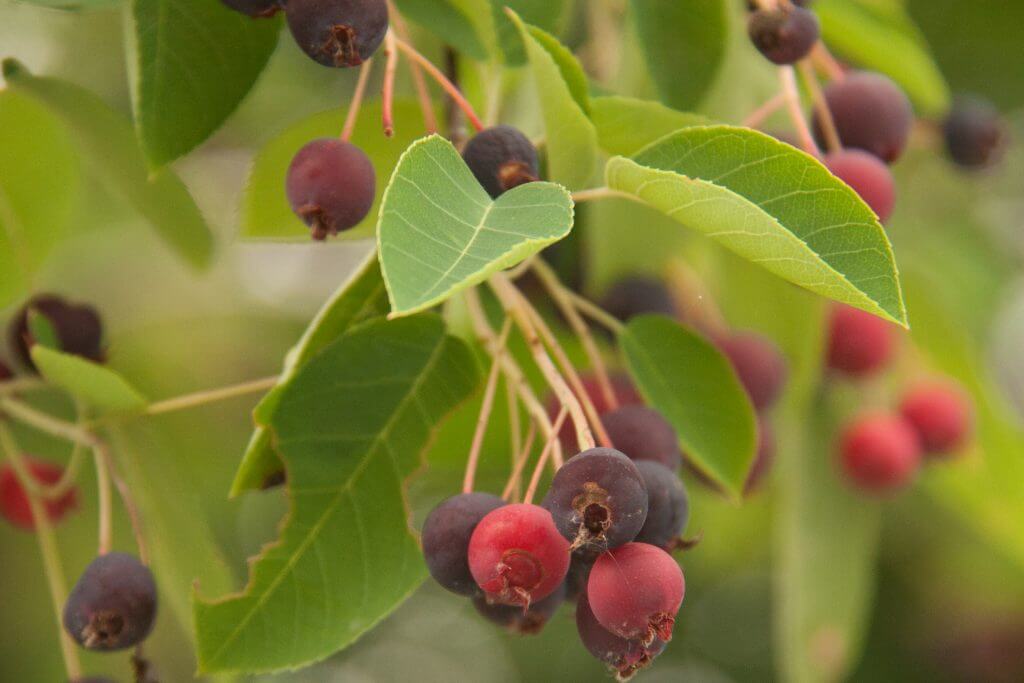 |
Soursop 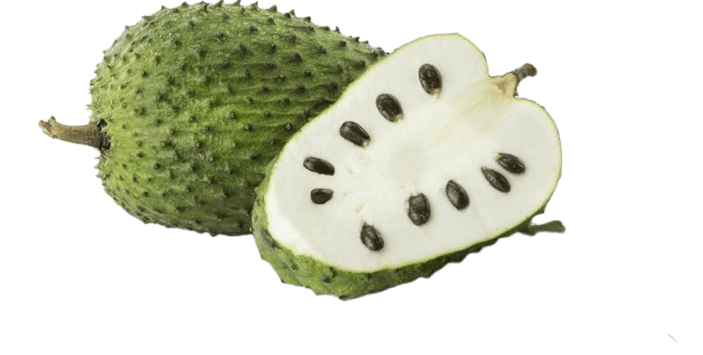 |
Star apple 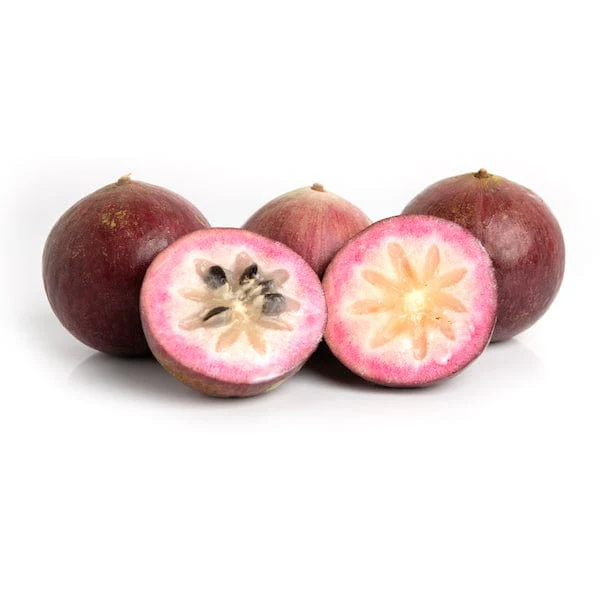 |
Star fruit  |
Strawberry 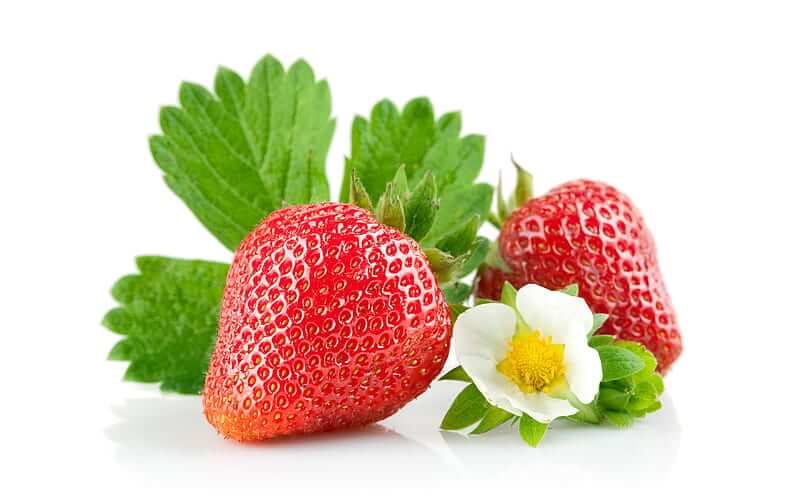 |
Sugar apple 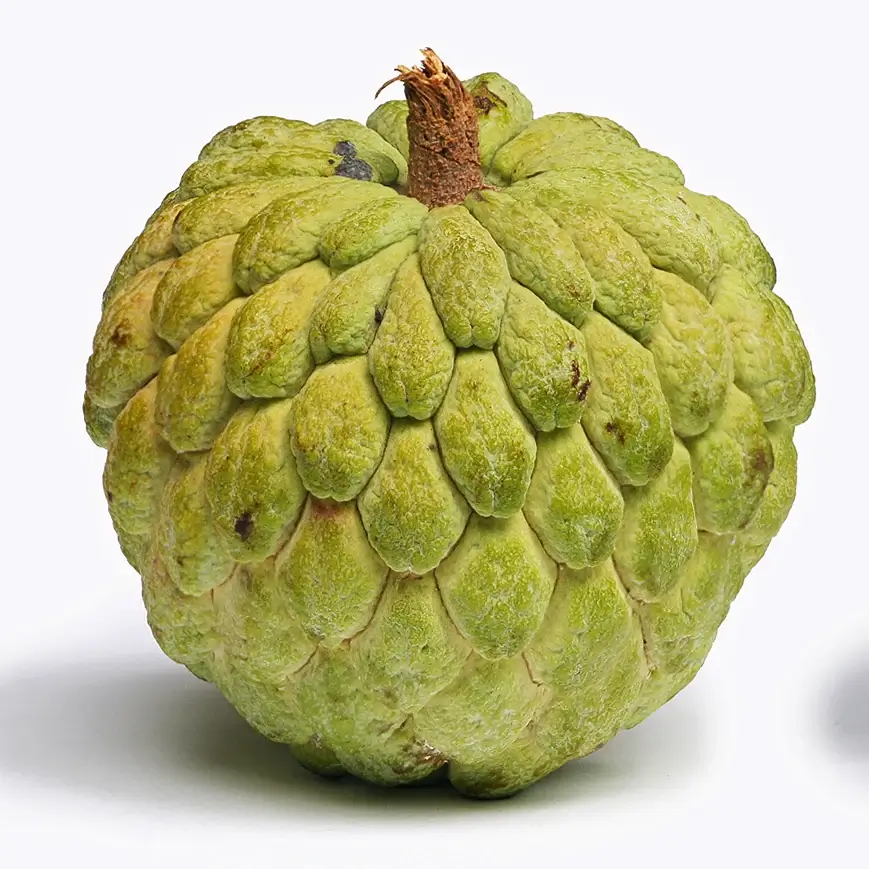 |
Tamarillo  |
Tayberry  |
Tangerine  |
Tomato 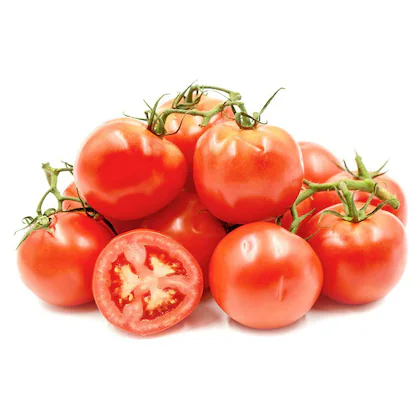 |
Ugli fruit  |
Ugniberry 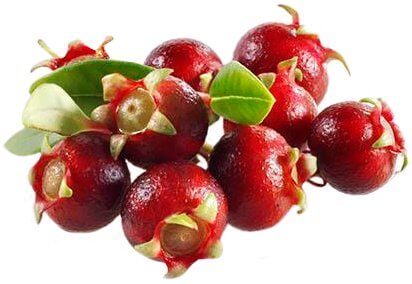 |
Velvet apple 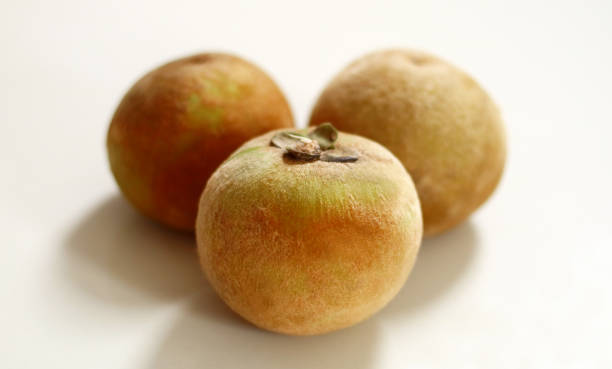 |
Watermelon 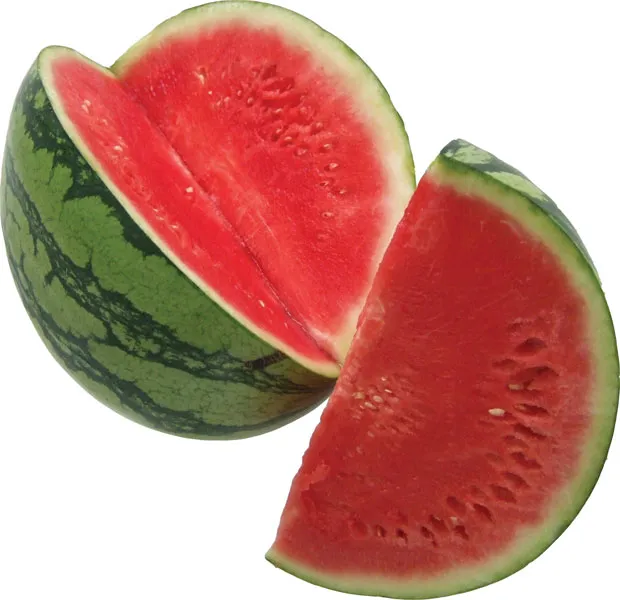 |
Wax Guard 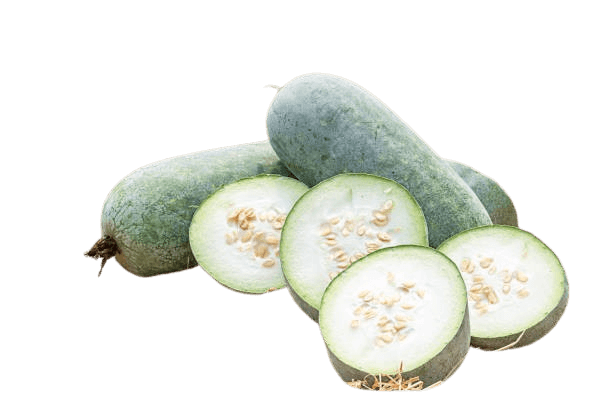 |
Yangmei  |
Zucchini Fruit 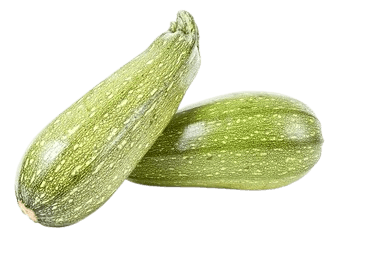 |
Types of Fleshy Fruits
Fleshy fruits are classified based on how their soft tissues develop around the seed.
- Drupes (Stone Fruits): These have a single hard seed (stone) at the center, surrounded by a fleshy outer layer. Examples include mango, cherry, peach, plum, and olive.
- Berries: The entire fruit is fleshy, often with multiple seeds embedded throughout. Despite common assumptions, fruits like tomato, banana, grape, and blueberry fall into this category.
- Pomes: These have a fleshy outer layer with a core that houses the seeds. Common examples are apple, pear, and quince.
- Hesperidiums: A type of modified berry with a leathery rind and segmented, juicy interior. This group includes citrus fruits such as orange, lemon, lime, and grapefruit.
- Pepo: Characterized by a thick outer rind and moist inner flesh, pepos include watermelon, pumpkin, cucumber, and squash.
FAQs about Fleshy Fruits
1. Are all fruits with juice considered fleshy?
Not necessarily. While many juicy fruits are fleshy, classification depends on the structure and development of the fruit, not just moisture content.
2. What makes a fruit fleshy instead of dry?
The key difference lies in the pericarp—the part of the fruit that develops from the ovary wall. If it becomes soft and edible at maturity, the fruit is considered fleshy. In dry fruits, the pericarp becomes hard or papery.
3. Are fleshy fruits always edible to humans?
No. While many fleshy fruits are edible, not all are safe for human consumption. Some contain toxic compounds or are only eaten when fully ripe or properly prepared.
4. Why are fleshy fruits often brightly colored?
Bright coloration serves to attract animals, which eat the fruit and help disperse the seeds. This is part of the plant’s reproductive strategy.
5. Is there a nutritional difference between fleshy and dry fruits?
Generally, fleshy fruits tend to be higher in water, natural sugars, and certain vitamins, while dry fruits are often more calorie-dense and rich in fats or proteins (e.g., nuts and grains). However, nutritional content varies widely between species.
6. Do fleshy fruits have a shorter shelf life than dry fruits?
Yes. Fleshy fruits are more perishable due to their high moisture content and are more prone to spoilage. Dry fruits, in contrast, have longer shelf lives and store more easily.
Discover Other Fruit Category Examples:
- Examples of Dehiscent Fruits
- Examples of Schizocarp Fruits
- Examples of Sorosis Fruits
- Examples of Accessory Fruits
- Examples of Follicle Fruits
- Examples of Pome Fruits
- Examples of Drupe Fruits
- Examples of Stone Fruits
- Examples of Capsule Fruits
- Examples of Multiple Fruits
- Examples of Achene Fruits
- Examples of Multiple Fruits
